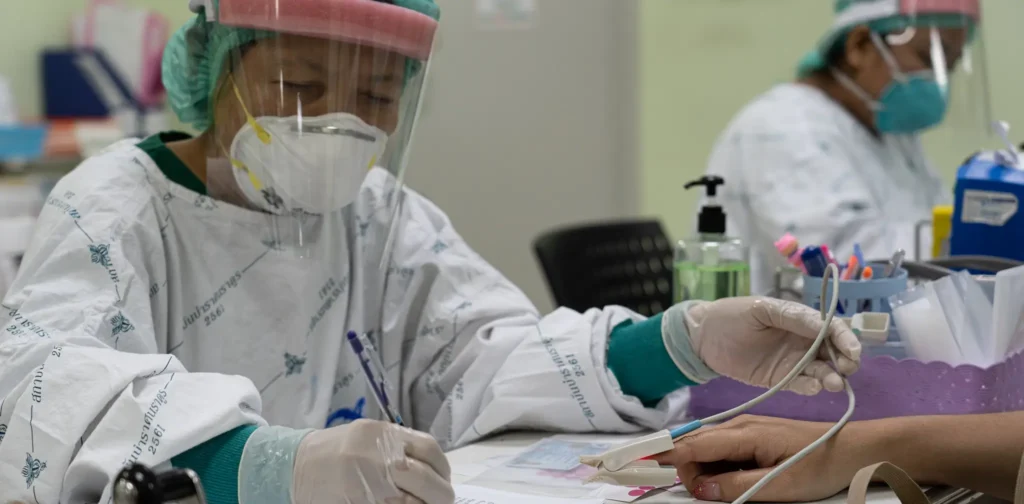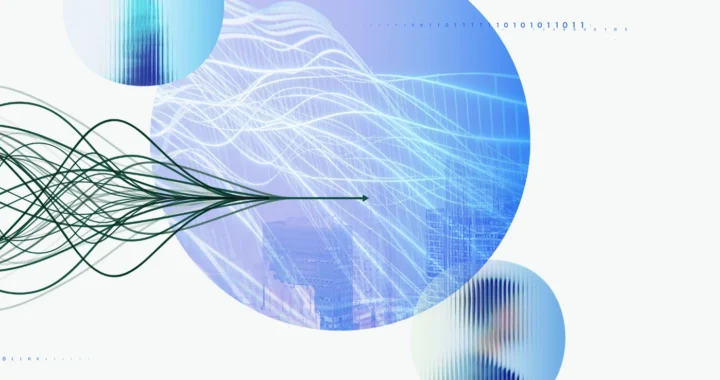Gender Disparity in Pay and Leadership Roles in the Healthcare Workforce

Photo by UN Women Asia and the Pacific on Flickr
Healthcare is essential for improving quality of life by preventing and treating diseases. Over half of healthcare workers are women, highlighting their significant contribution to the field. However, disparities in pay and leadership roles continue to be a challenge for female health workers. Therefore, tackling gender disparity is crucial to achieving gender equity and equality in the healthcare workforce.
Leadership Gap in the Workforce
Despite making up 67% of the healthcare workforce, women hold only about a quarter of leadership roles in the sector. WHO reports that less than 25% of national delegations to the World Health Assembly were led by women. Moreover, women occupy just 5% of executive roles in global health organizations in low- and middle-income countries.
This highlights a key issue: women are well-represented in the sector but still lack higher-level decision-making positions.
A 2019 report shows that stereotypes, discrimination, and systemic barriers cause gender imbalance in healthcare leadership. Additionally, women facing intersecting issues like race and class face even greater challenges and often end up in low-paying jobs.
Furthermore, gender norms also play a role, with female health workers being overrepresented in nursing and midwifery but underrepresented in leadership roles and specialized fields like surgery.
Pay Gap for Female Health Workers
Women in the health sector generally earn less than their male counterparts. A 2022 report by WHO and ILO highlights this issue, revealing a 24% global pay gap between women and men in the health and care sector, even after considering factors such as age, education, and job type. The report also notes that women, especially mothers, face additional pay disparities that are not explained by these factors.
Furthermore, participation rates also contribute to the significance of the pay gap. In high-income countries like Australia, Canada, and the US, the gender pay gap is more prominent due to a higher proportion of women in the workforce.
In contrast, low- and middle-income countries where women make up less than a third of health workers, such as Bangladesh and Yemen, have a smaller gender pay gap. These countries also have a lot of informal employment, which further worsens wage inequality.
From Gender Disparity to Gender Equity in Healthcare
Collaboration among stakeholders, including governments, employers, and peers, is needed to take decisive action to tackle gender disparity and improve gender equity in the healthcare sector. It is essential to ensure fair career development for women through professional growth and to review existing systems to make them more inclusive.
Additionally, regularly reviewing salaries to identify pay gaps and promoting overall pay transparency is important. This will help address systemic gaps in leadership and pay, ensuring a fair and gender-equitable work environment.
Editor: Nazalea Kusuma

Join Green Network Asia Membership
If you find this content useful, support Green Network Asia’s movement to create positive impact for people and the planet through public education and multi-stakeholder advocacy on sustainability-related issues and sustainable development. Get exclusive benefits for personal and professional development.
Become a Member NowDinda Rahmania
Dinda is a Reporter at Green Network Asia. She is currently studying undergraduate program of International Relations at President University.


 Strengthening Societal Resilience in the Age of Disruptions
Strengthening Societal Resilience in the Age of Disruptions  Building Strategic Approach to Support Urban Health for All
Building Strategic Approach to Support Urban Health for All  Understanding and Addressing Multiple Dimensions of Child Deprivation
Understanding and Addressing Multiple Dimensions of Child Deprivation  Building Heat Resilience Amidst Rising Risk in the Asia-Pacific
Building Heat Resilience Amidst Rising Risk in the Asia-Pacific  Sounds Right and Recognizing Nature as an Artist for Biodiversity Conservation
Sounds Right and Recognizing Nature as an Artist for Biodiversity Conservation  Statewide Treaty Bill: Australia’s First Treaty with the Indigenous Australians Passed in Victoria
Statewide Treaty Bill: Australia’s First Treaty with the Indigenous Australians Passed in Victoria